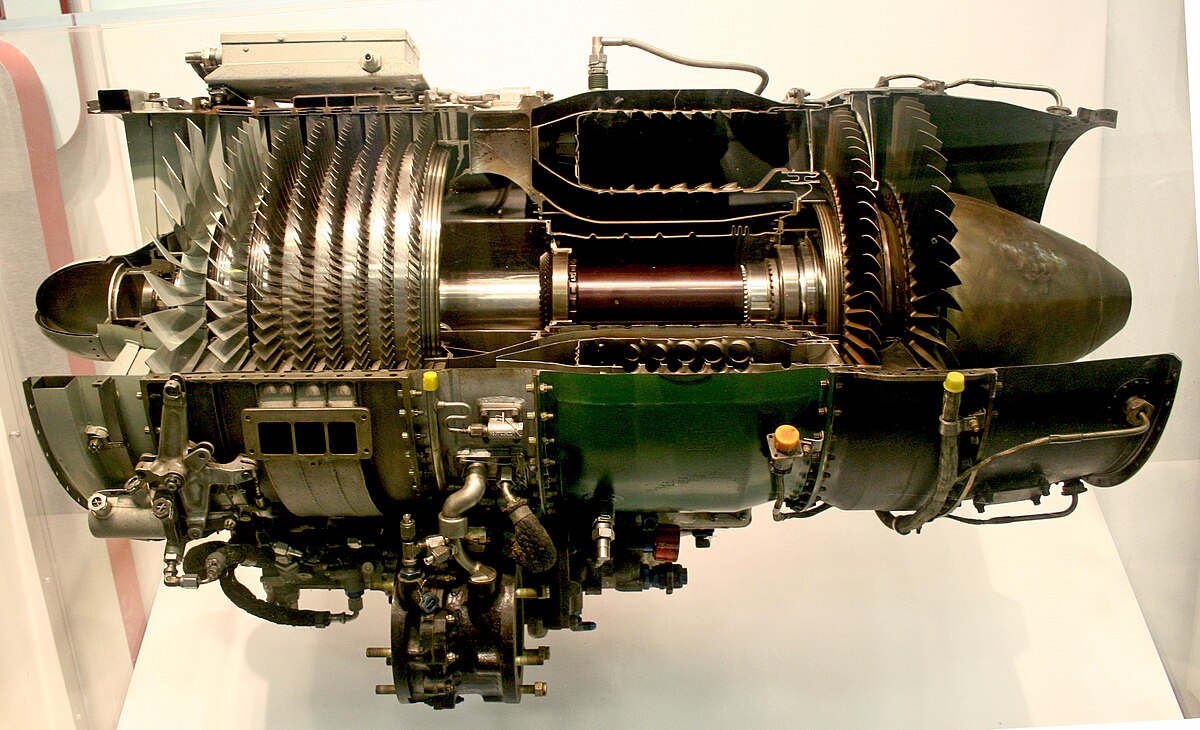- Joined
- 21 May 2006
- Messages
- 3,003
- Reaction score
- 2,284
I know I've read somewhere as to why MiG chose the two-engine arrangement for the MiG-29, but I can't remember it......
I have to admit that I I've alway thought a single-engine derivative of the MiG-29, along the lines of the Project 33 would have been more cost effective and hence more successfully taken up by air forces wanting to replace the their MiG-21 and MiG-23.
Regards
Pioneer
I have to admit that I I've alway thought a single-engine derivative of the MiG-29, along the lines of the Project 33 would have been more cost effective and hence more successfully taken up by air forces wanting to replace the their MiG-21 and MiG-23.
Regards
Pioneer

